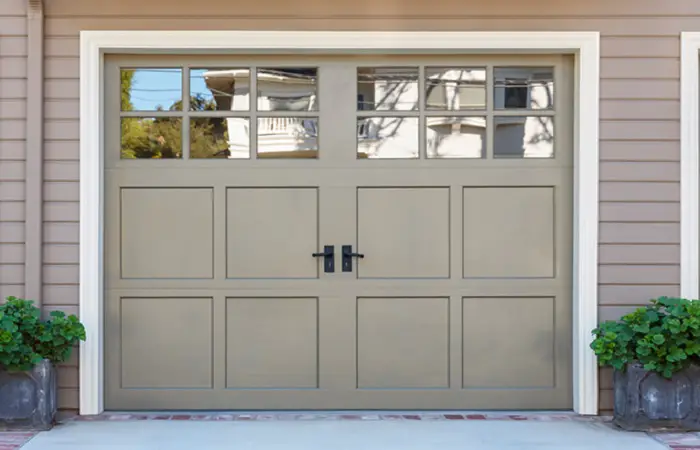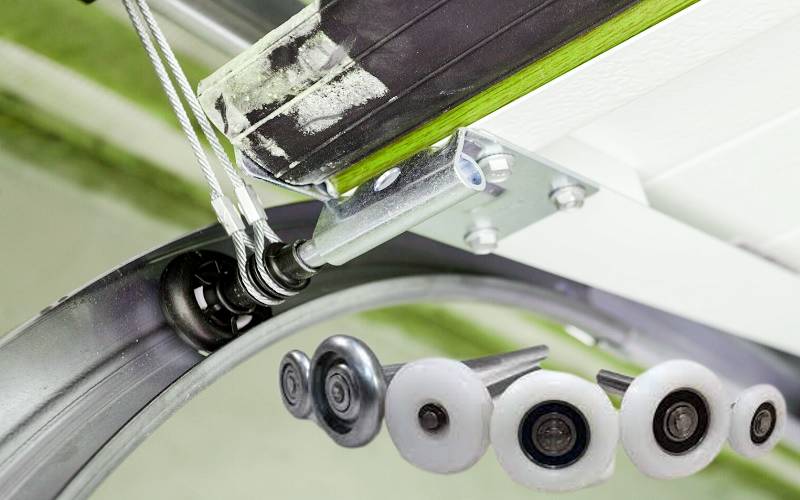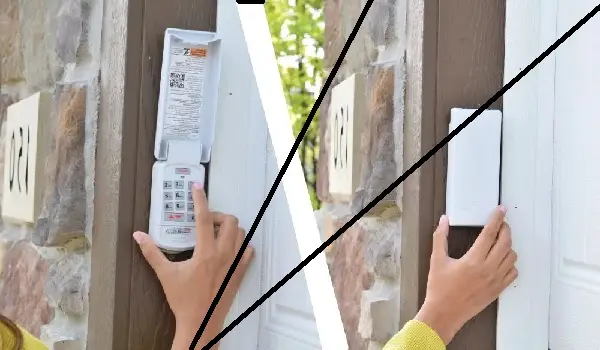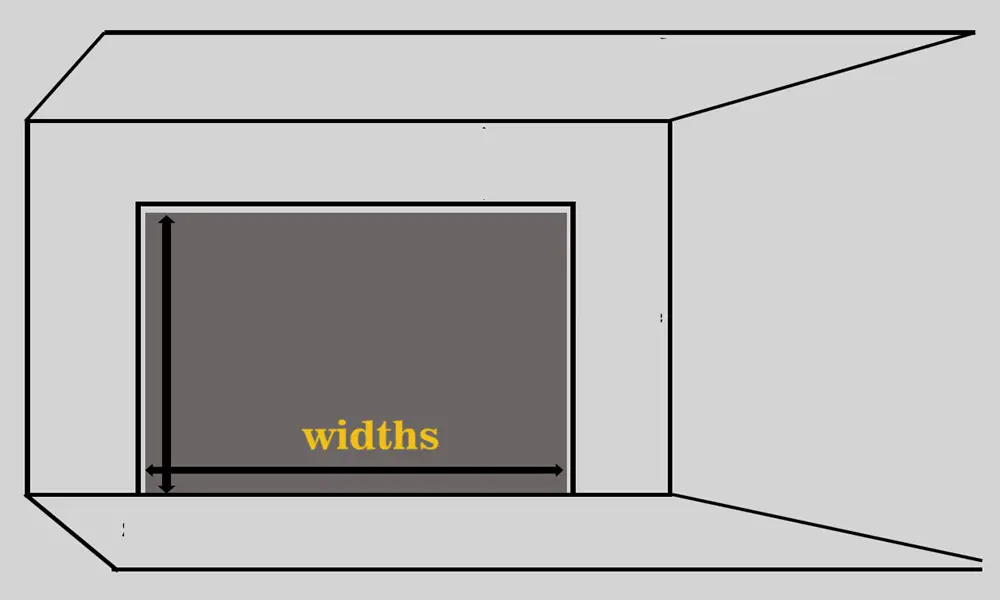A DIY Guide to Fixing Garage Door Not Closing Completely
Garage Door Not Closing All the Way Garage doors stand as a vital component of our homes, not merely as […]
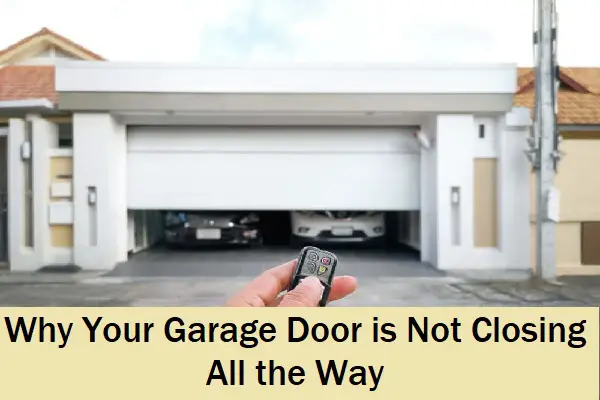
Garage Door Not Closing All the Way
Garage doors stand as a vital component of our homes, not merely as an entry point but as a shield, providing security and protection to our belongings. Yet, what do you do when this protective barrier starts to exhibit issues, particularly when it leaves a conspicuous gap at the bottom? In this comprehensive article, we embark on an exploration of the prevalent issue of garage doors failing to close entirely and delve into a straightforward, do-it-yourself (DIY) solution.
Understanding the Problem

1. The Frustration of a Half-Closed Door
Unveiling the Issue
The frustration mounts when your garage door exhibits a peculiar behavior refusing to descend completely. We dissect the reasons behind this phenomenon, unraveling the intricacies of what could hinder the smooth downward journey of your garage door.
Listener Feedback
Understanding the pulse of the audience, we tap into the plethora of questions and concerns stemming from individuals grappling with the same dilemma. By addressing these concerns, we not only provide solutions but also establish a connection with our readers.
2. The Big Gap Dilemma
Identifying the Problem
Delving deeper, we examine a specific manifestation of the issue a substantial gap left underneath as the door descends. We scrutinize the implications of this gap, from the intrusion of cold air to the potential security risks it poses.
Consequences
The consequences of a half-closed garage door extend beyond mere inconvenience. We explore the domino effect, from increased energy costs due to temperature fluctuations to the heightened vulnerability to pests and security threats.
Other problems: LiftMaster Garage Door Not Closing
DIY Garage Door Adjustment
3. Assessing the Gap Size
Using a Hammer Handle for Reference
To address a problem, one must first quantify it. We introduce a tangible method using a hammer handle for reference to gauge the extent of the gap issue. This step sets the stage for the subsequent adjustments.
Potential Problems
Beyond the visible gap lies the nuanced impact of an incomplete seal. We shed light on the potential problems associated with gaps, emphasizing the need for a comprehensive solution.
4. Locating the Adjustment Points
Understanding Your Opener
Navigating the intricacies of garage door openers, we guide readers in locating the close limit—a pivotal point in the adjustment process. Understanding the functionality of the opener becomes paramount for effective resolution.
Left Side Standard
We demystify the process by highlighting the standard location of adjustment points, specifically on the left side of the opener. Clarity in this aspect ensures a smooth transition to the corrective measures.
5. Clockwise vs. Counterclockwise
Deciphering the Language
Adjustment involves a nuanced language of its own—clockwise and counterclockwise. We break down this language, elucidating how these directions influence the close limit. The connection between the adjustment mechanism and the door’s travel distance is unveiled.
The Gear Mechanism
Beyond directional adjustments, we delve into the gear mechanism within the opener, elucidating how these adjustments influence the overall operation of the garage door.
Making the Adjustments
6. Step-by-Step Adjustment Process
Taking Action
With a comprehensive understanding of the issues and adjustment points, we guide readers through a step-by-step process. Clear and detailed instructions ensure that readers can confidently undertake the adjustments.
Clockwise or Counterclockwise?
Dispelling any ambiguity, we address the crucial question of which direction to turn during adjustments. Clarity on this aspect is essential for a foolproof fix.
7. Fine-Tuning for Perfection
Aiming for Precision
Achieving the desired result may require more than a single adjustment. We emphasize the need for precision, acknowledging that fine-tuning might be necessary for a perfect solution.
Testing the Result
The proof of success lies in the door’s behavior. We guide readers on how to test the adjustments, ensuring that the door not only shuts completely but stays closed as intended.
8. Addressing Additional Concerns
Force Adjustments
While close limit adjustments are pivotal, we acknowledge that force adjustments play a supplementary role. We offer insights into when and how to tweak open and close force knobs, addressing potential issues that might arise.
Rare but Crucial
Highlighting that garage door issues can sometimes be multifaceted, we touch upon rare scenarios where additional adjustments might be required. This section serves as a troubleshooting guide for more complex problems.
Additional Considerations
9. Checking the Seal Condition
Beyond Adjustments
Our exploration extends beyond the adjustment process, urging readers to inspect the condition of the garage door seal. A worn-out seal could exacerbate the issue, and we guide readers on what signs to look for.
Wear and Tear
Recognizing the inevitability of wear and tear, we elucidate the signs indicating that it might be time to replace the seal. This proactive approach ensures a holistic solution to the problem.
10. The Role of Force Adjustments
Understanding Force Settings
Digging deeper into force settings, we explain the mechanics of how much force is applied during the door’s opening and closing. Balancing this force becomes crucial for a well-functioning garage door.
Balancing Act
Finding the equilibrium between applying sufficient force and avoiding damage is a delicate balance. We provide insights into achieving this balance, ensuring optimal performance without compromising the door’s integrity.
Conclusion
We wrap up our journey through the intricacies of fixing a garage door that hesitates to close fully. Through a methodical approach and step-by-step adjustments, readers can take charge of their garage doors, ensuring not only security but also a fully sealed space. The lingering threats of cold air, pests, and compromised security can be effectively eliminated with these practical solutions.
FAQs
How often should I check and adjust my garage door?
Regular checks every few months, especially before extreme weather conditions, are advisable.
Can I use any tool for the adjustments, or is a specific tool required?
While a standard screwdriver suffices for most adjustments, refer to your opener’s manual for any special tool requirements.
Is it normal for the garage door opener to make noise during adjustments?
Some noise is typical as gears inside the opener are being adjusted. Excessive noise might indicate a different issue.
What if the adjustments don’t solve the problem?
If DIY adjustments don’t work, consult a professional garage door technician for a thorough inspection.
How long should the garage door adjustments take?
The entire process can usually be completed within 30 minutes, but the time may vary based on the complexity of the issue.
